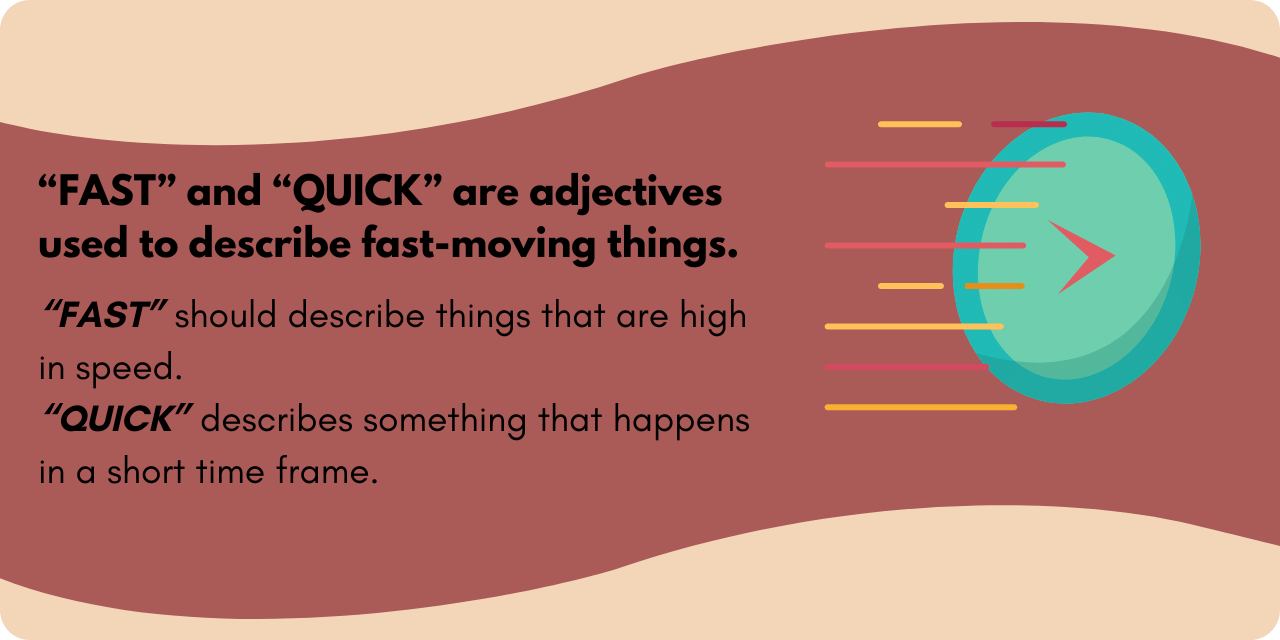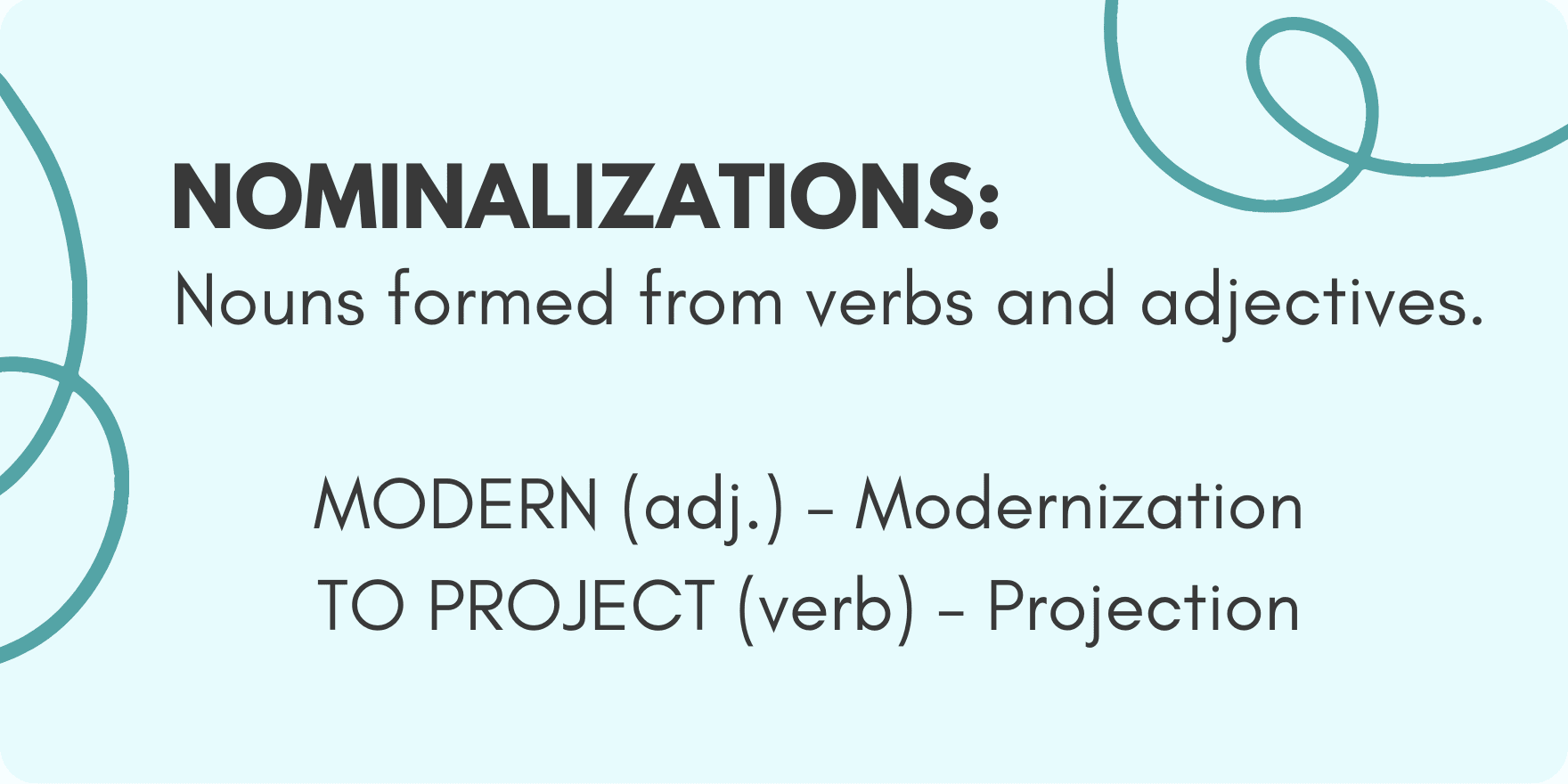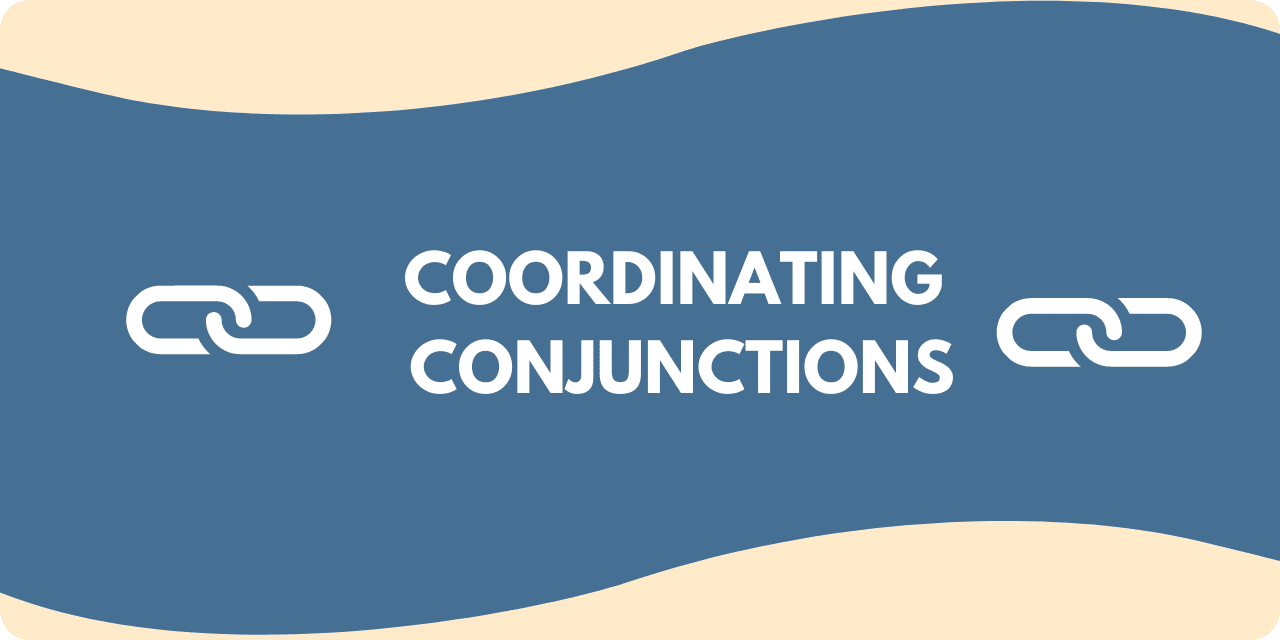Are There Differences Between “Fast” And “Quick?”
Is there a difference between fast and quick? In the English language, “fast” and “quick” are adjectives used to describe fast-moving things. Usually, they are used interchangeably with little consequence. However, they cannot always act as synonyms.
In general, “fast” should describe things that are high in speed, whereas “quick” describes something that happens in a short time frame. This distinction is the most important difference between “fast” and “quick.”

What Is The Meaning Of “Fast?”
As mentioned, “fast” describes the general speed of something, and it can usually be found in an adverb or adjective form. It can be used to describe actions and any type of noun. Most commonly, however, people like to use it to describe the speed of physical nouns such as people, animals, or cars.
Using Fast As An Adjective
“Fast” can be used to describe things that move at high speeds. For instance:
- She chose to ride the fast carousel instead of the slow one
- The bullet train moves very fast
- Jeremy is the fastest kid on the team
Using Fast As An Adverb
Similarly, “fast” can also act as an adverb, explaining the speed of action. For example:
- She talked very fast.
- She rode very fast on her bike.
- The gas prices have been rising very fast lately.
What Is The Meaning Of “Quick?”
“Quick” is a word that can be used both as an adverb or an adjective. As an adverb, it takes the form of “quickly.” It is often used to describe something happening in a short period, or that something is shorter than expected. Take these sentences, for example:
- They quickly ate their lunch before going back to work.
- The surgery was a very quick process.
- I gave the homework a quick look through before class.
- They did a quick dance after the show.
As shown in the examples above, “quick” doesn’t refer to physical speed. All the examples illustrate that the action or noun took place in a short time frame.
More Examples
Let’s take a quick look at some more examples to illustrate the differences between “fast” and “quick.”
- She is fast
- She is a fast runner
- She is a fast driver
- She is a fast walker
These examples show how “fast” should be used to show the speed of something. All these sentences show that the subject is fast at an activity, whether running, driving, or walking. Putting “quick” into these sentences wouldn’t make much sense, especially if you are writing about speed and not brevity.
- She forgives quickly
- He talks very quickly
- He is quick with finishing his taxes
As you can see in these examples, “quick/quickly” should be used to describe when something is being done with brevity. In English, this usually takes the form of adverbs, which describe when someone is doing something “quickly.”
Summary
In the end, using “quick” and “fast” can easily confuse even the most adept writers. Even though they seem practically interchangeable, there are some subtle differences. Generally, the main difference noted by writers is that “fast” should be used to describe something at high speeds, whereas “quick” should be used to describe when something is completed in a short time.
Related: Adjective “Fast” vs. Adverb “Quickly”
Want to sharpen your business writing skills? Discover our acclaimed online courses at syntaxtraining.com Whether you want to learn about taking taking meeting notes, become a master proofreader, master punctuation or tune-up your business writing skills, our courses are here to help you.






